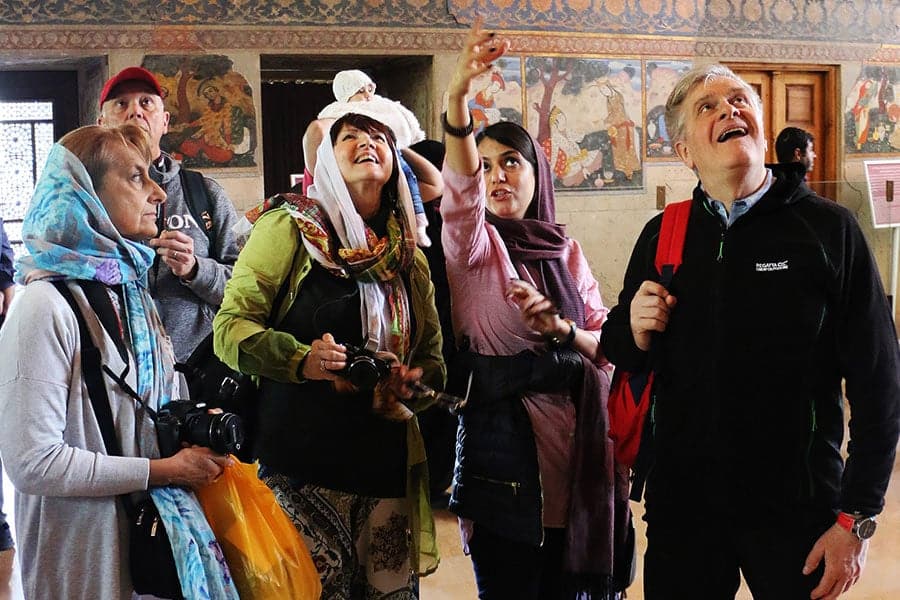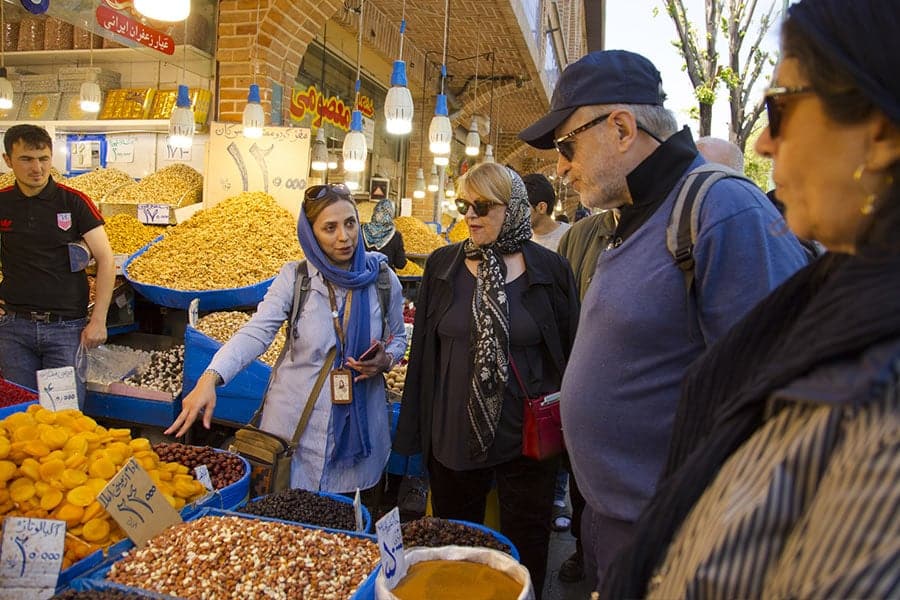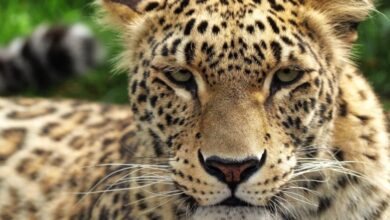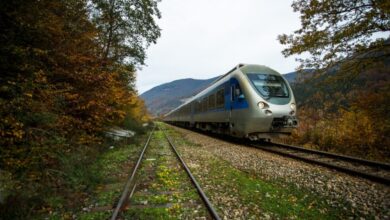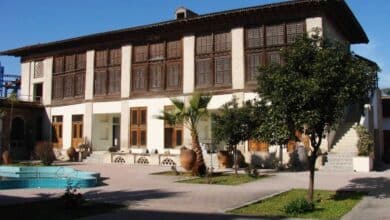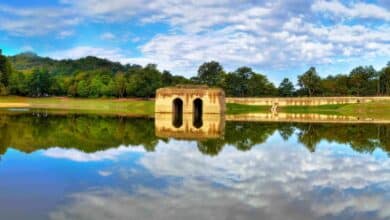Explore the Diverse Wildlife Sanctuary of Dasht-e Naz Near Sari
A Natural Haven Preserving Iran's Biodiversity
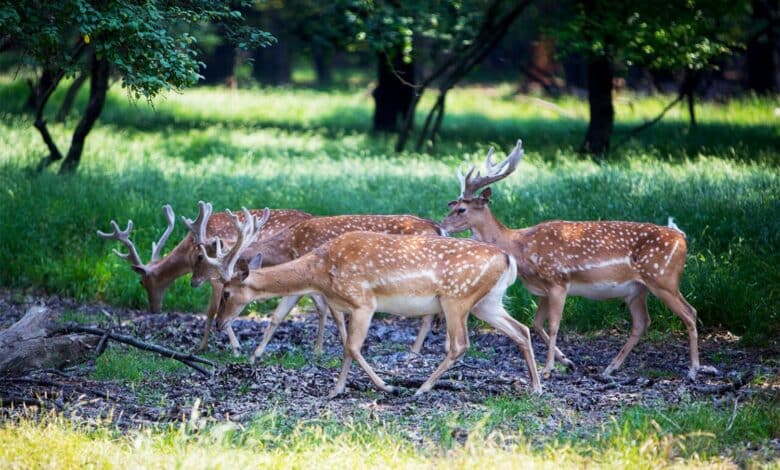
Located 29 kilometers north of Sari in the Mazandaran province, the Dasht-e Naz Wildlife Refuge stands as a testament to Iran’s commitment to preserving its unique natural ecosystems. This mountainous region, blanketed by Hyrcanian forests, boasts over 447 plant species, making it a treasure trove of biodiversity. Join us with SURFIRAN as we delve into the wonders of this exceptional natural attraction in Iran.
IRAN GROUP TOURS
Join our Iran tours, connecting you with like-minded travelers and streamlining the organization process.
Why Dasht-e Naz is a Must-Visit for Nature and Wildlife Enthusiasts
Proximity to Sari, the capital of Mazandaran province, makes Dasht-e Naz an accessible yet profoundly serene getaway for those fascinated by nature and wildlife. Spanning 56 hectares, the refuge offers a unique opportunity to observe wildlife, including the sight of deer beyond the wire fences that enclose the area. Except during the deer breeding season, when visits are restricted to protect the animals, the sanctuary welcomes visitors year-round.
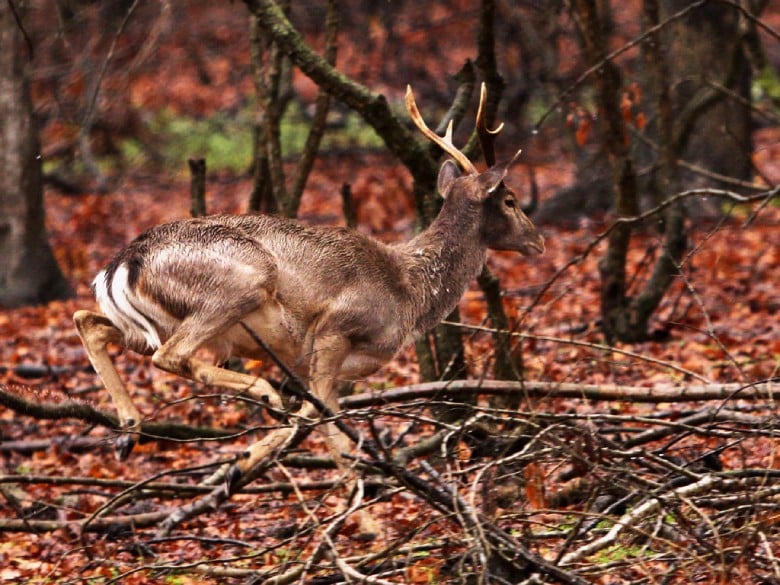
Wildlife at Dasht-e Naz
The refuge is a breeding ground for the Persian fallow deer, a species once thought to be extinct. Efforts have been made to reintroduce the bred deer to other habitats across Iran, including the banks of the Dez and Karun rivers and Ashk Island in Lake Urmia.
Historically, the Persian fallow deer roamed from western and northwest Iran to northeastern Africa and southern Europe to the Balkans. Nowadays, these deer find sanctuary in the dense, impenetrable forests of Khuzestan and Zagros. To combat the threat of extinction due to overhunting, several deer have been relocated to Dasht-e Naz in Mazandaran, the Arzhan Plain, and Ashk Island in Lake Urmia. A significant portion of the population was also introduced to the Opel Zoo, and after successful breeding, six individuals were transferred to Dasht-e Naz in 1958.
Key animal species in the area include the Persian fallow deer, red deer, roe deer, wildcat, and pheasant.
Features of the Dasht-e Naz Region
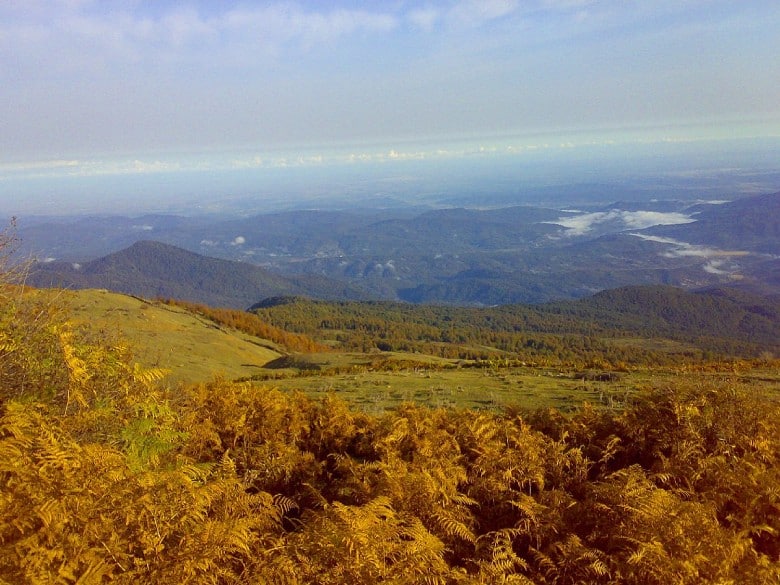
The Dasht-e Naz Wildlife Refuge in Sari is enveloped by the ancient Hyrcanian forests, housing more than 447 plant species indicative of its unique ecosystem. Prominent flora in the region includes hornbeam, oak, maple, elm, and lilac.
Threats to the Dasht-e Naz Wildlife Refuge
The sanctuary faces various threats, notably the increasing population of Persian fallow deer, posing a serious risk to endemic species in the area. Over five decades of breeding and conservation efforts, coupled with deforestation and the lack of new shrubbery, have significantly impacted the refuge’s ecological balance.
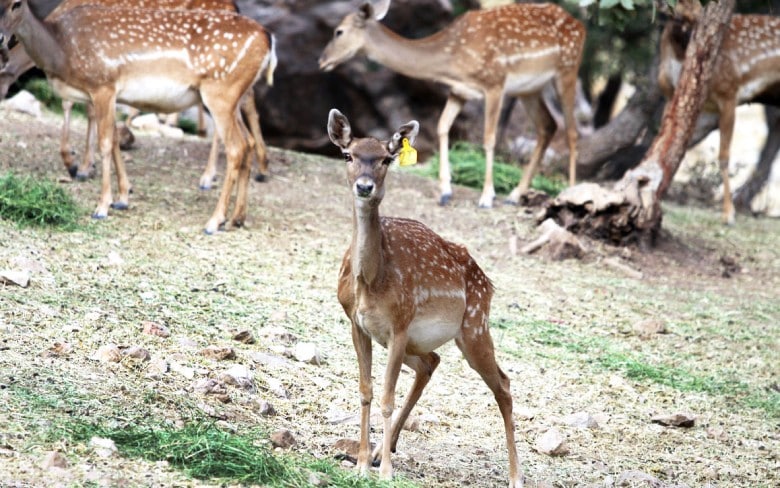
Visiting Dasht-e Naz
Dasht-e Naz offers nature and wildlife enthusiasts a breathtaking experience. With permission from the Environmental Protection Agency, visitors can enjoy the sight of Persian fallow deer, pheasants, and pigeons, especially outside the deer breeding season in spring to ensure minimal disturbance and stress to the animals.
How to Access Dasht-e Naz Wildlife Refuge in Sari
Location: 30 kilometers northeast of Sari
To reach Dasht-e Naz, head towards Sari in Mazandaran, then towards Neka. After approximately 10 kilometers, you will arrive at a crossroads leading to the city of Surak. Turning left takes you towards Neka Wood Company and subsequently to the village of Islam Abad. From there, a road veers left towards Shahriar Kandeh, where Sari International Airport is located. Dasht-e Naz is easily identifiable in the middle of Islam Abad.
Tourist Attractions Near Dasht-e Naz
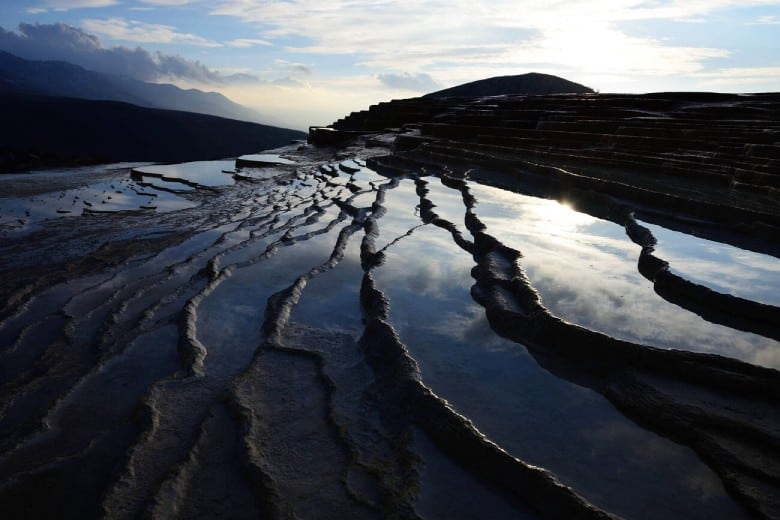
Badab Surt: Famous for its unique natural springs, Badab Surt is Iran’s second natural heritage site after Mount Damavand. Its colorful terraces are a global rarity, registered as the world’s second saline spring after Turkey’s Pamukkale.
Semeskandeh Wildlife Refuge: Just 10 kilometers southeast of Sari, this refuge boasts a diverse range of flora and fauna, including oak, hornbeam, and rare animal species like the wildcat and Persian fallow deer.
Sultan Zain-ul-Abidin Tower in Sari: Known for its unique architectural style and decorative tile work, this historical tower is a must-visit for those interested in Iran’s rich cultural heritage.
Vaziri Bathhouse in Sari: Showcasing traditional Persian architectural features, the Vaziri Bathhouse is a notable landmark near Dasht-e Naz, offering insight into Iran’s historical bath culture.
OrientTrips
Travel Insurance
Explore the natural beauty and wildlife of Dasht-e Naz and the surrounding attractions with SURFIRAN for a memorable journey into Iran’s environmental and cultural treasures.
Read More
